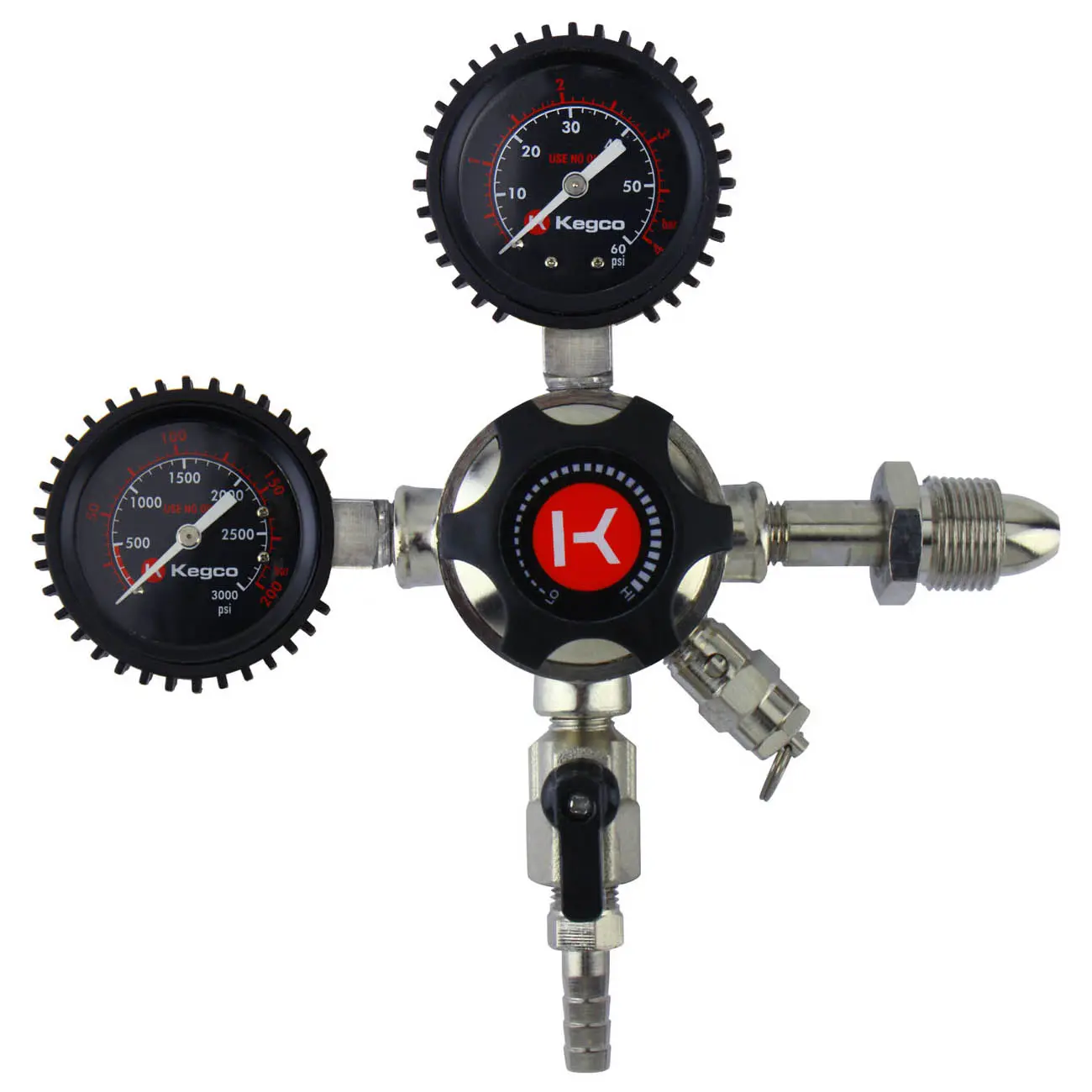

Articles
What Psi Should A Kegerator Be Set At
Modified: October 19, 2024
Looking for articles on kegerators? Find out what psi you should set your kegerator at for the perfect pour.
(Many of the links in this article redirect to a specific reviewed product. Your purchase of these products through affiliate links helps to generate commission for Storables.com, at no extra cost. Learn more)
Introduction
A kegerator is a beer dispensing system that allows you to store and serve draft beer at home or in commercial settings. It consists of a refrigeration unit and a beer tap, typically housed in a specially designed cabinet. When it comes to serving the perfect pint of beer, the proper PSI (pounds per square inch) setting in your kegerator plays a vital role.
Having the correct PSI ensures that the beer is carbonated to the right level, promoting the optimal flavor and mouthfeel. Too much or too little carbonation can result in a flat or overly foamy beer, which can be disappointing for any beer enthusiast.
Setting the appropriate PSI in your kegerator requires a balance between the temperature, desired carbonation level, and the specific beer style being served. This article will delve into the importance of proper PSI in a kegerator, factors to consider when setting the PSI, recommended PSI ranges for different beer styles, and troubleshooting common PSI issues.
Whether you are a homebrewer or a bar owner, understanding and adjusting the PSI in your kegerator is crucial to enjoying the best beer experience. So, let’s dive in and discover how to achieve the perfect PSI setting to pour the perfect pint every time!
Key Takeaways:
- Achieving the perfect PSI setting in your kegerator is crucial for optimal carbonation, consistent pours, and preserving beer quality. Consider factors like beer style, temperature, and keg volume to enhance your beer-drinking experience.
- Troubleshooting common PSI issues, such as excessive foam and flat beer, requires attention to detail and patience. Regular maintenance and adjustments will ensure your kegerator delivers the best-tasting beer every time.
Read more: How Much Psi For Kegerator
What is a Kegerator?
A kegerator is a specially designed appliance that combines a refrigerator and a beer dispensing system. It is primarily used to store and dispense draft beer in a convenient and efficient manner. The word “kegerator” is a portmanteau of “keg” and “refrigerator,” highlighting its main purpose.
The key components of a kegerator include a refrigeration unit, a CO2 (carbon dioxide) tank, a regulator, and a beer tap. The refrigeration unit ensures that the beer is kept at a consistently cold temperature, usually between 36 to 40 degrees Fahrenheit (2 to 4 degrees Celsius), preserving its freshness and quality.
The CO2 tank is responsible for providing the necessary pressure to push the beer from the keg and through the beer lines to the tap. The regulator attached to the CO2 tank allows you to adjust the PSI to the desired level, controlling the carbonation and flow of the beer.
Kegerators come in various sizes and configurations to accommodate different keg sizes, from mini kegs to full-size kegs. Some kegerators are designed for home use, while others are built for commercial establishments such as bars and restaurants.
In addition to its functionality, kegerators also offer convenience and cost savings. Instead of buying individual bottles or cans of beer, you can purchase kegs of your favorite brew, which are generally more economical and environmentally friendly. Plus, having a kegerator at home allows you to enjoy freshly poured draft beer without the need to go to a bar or restaurant.
Overall, a kegerator provides a stylish and efficient way to store and serve draft beer. With the right PSI setting, you can ensure that every pour is smooth, flavorful, and properly carbonated. Now that we understand what a kegerator is, let’s explore why the proper PSI is crucial for a great beer experience.
The Importance of Proper PSI in a Kegerator
The PSI setting in a kegerator is a critical factor in ensuring the perfect pour and optimal beer quality. The right PSI level controls the carbonation of the beer and the pressure at which it is dispensed. Here’s why proper PSI is crucial in a kegerator:
1. Carbonation Control: The PSI setting directly affects the level of carbonation in the beer. Too much pressure will result in overcarbonation, causing excessive foaming and a harsh, fizzy taste. On the other hand, too little pressure will result in undercarbonation, leading to a flat and lifeless beer. By setting the PSI correctly, you can achieve the desired level of carbonation, enhancing the beer’s flavor and mouthfeel.
2. Consistent Pour: Proper PSI ensures a steady and consistent flow of beer from the tap. If the PSI is too high, the beer will gush out quickly, resulting in excessive foaming and an uncontrolled pour. If the PSI is too low, the beer may trickle out slowly, disrupting the ideal cascading effect and compromising the overall presentation. By maintaining the right PSI, you can achieve a smooth and controlled pour, delivering a visually appealing and satisfying drinking experience.
3. Foam Control: The PSI setting also plays a crucial role in controlling the amount and quality of foam in the beer. Too much pressure will cause excessive foaming, resulting in a glass filled with mostly foam and very little beer. This not only wastes beer but also makes it difficult to enjoy the flavors and aromas. Conversely, too little pressure can lead to insufficient foam, depriving the beer of its desired creamy texture and proper head retention. With the right PSI, you can achieve a balanced and desirable foam level, enhancing the beer’s aesthetics and mouthfeel.
4. Beer Preservation: Proper PSI helps in preserving the freshness and quality of the beer. The right pressure in the kegerator helps prevent the beer from going stale or oxidizing. By maintaining the proper carbonation level, the beer remains protected from oxygen, which can negatively impact its taste and aroma. Additionally, the right PSI ensures that the beer remains at an optimal temperature, preventing bacterial growth and maintaining its overall integrity.
5. Taste and Enjoyment: Ultimately, the importance of proper PSI in a kegerator boils down to the taste and enjoyment of the beer. The right PSI setting ensures that the beer’s flavors, carbonation, and mouthfeel are in perfect harmony. It allows you to fully appreciate the nuances and complexities of different beer styles, from crisp lagers to robust stouts. By achieving the ideal PSI, you can unlock the true potential of each beer, enhancing your overall drinking experience.
Now that we understand the importance of proper PSI in a kegerator, let’s explore the factors to consider when setting the PSI for different beer styles.
Factors to Consider When Setting the PSI
When it comes to setting the PSI in your kegerator, several factors need to be taken into consideration to ensure the optimal pouring conditions for your beer. Here are some key factors to keep in mind:
1. Beer Style: Different beer styles have varying levels of carbonation and optimal serving pressures. Lighter styles such as lagers typically require a lower PSI, around 8-12, for a smoother pour with less foam. On the other hand, highly carbonated beers like wheat ales or Belgian styles may require a higher PSI, around 12-16, to maintain the desired level of carbonation and maximize flavors.
2. Temperature: The temperature of your kegerator plays a crucial role in determining the appropriate PSI. As a general rule, colder temperatures require less pressure, while warmer temperatures require more pressure. This is because cold beer holds carbon dioxide better than warm beer. Ensure that your kegerator is set to the proper temperature range for the beer style you are serving to achieve the best results.
3. Keg Volume: The volume of beer remaining in the keg can also affect the PSI setting. As the volume decreases, the pressure may need to be adjusted to maintain consistent carbonation levels. The empty space in the keg can lead to a greater loss of carbonation, requiring a slightly higher PSI to compensate. Regularly monitor the keg levels and make necessary adjustments to maintain optimal carbonation and dispensing pressure.
4. Carbonation Preferences: Personal carbonation preferences can also influence the PSI setting. Some individuals prefer their beer to be more or less carbonated than the standard guidelines. Adjustments can be made based on personal taste preferences, but it’s always a good idea to start with the recommended PSI for the particular beer style and make small adjustments from there.
5. Beer Line Length and Diameter: The length and diameter of the beer lines connecting the keg to the tap can impact the dispensing pressure. Longer lines with smaller diameters create more resistance, requiring higher pressure to push the beer through. Shorter lines with larger diameters require less pressure. Ensure that your beer lines are properly configured and balanced to achieve the desired flow rate and prevent excessive foaming.
6. Experimentation and Fine-Tuning: Finding the perfect PSI for your kegerator may require some experimentation and fine-tuning. It’s important to taste and assess the beer after making adjustments to the PSI. Look for signs of overcarbonation or undercarbonation, such as excessive foam or flatness, and make small adjustments until you achieve the desired pour and flavor profile.
By considering these factors and making necessary adjustments, you can set the PSI in your kegerator to create the ideal conditions for pouring and enjoying your favorite beers. Now that we’ve explored the factors to consider when setting the PSI, let’s dive into the recommended PSI range for different beer styles.
The ideal psi for a kegerator is typically between 10-12 psi for serving most beers. However, this can vary depending on the specific beer and temperature, so it’s best to consult the brewery’s recommendations for the optimal psi.
Recommended PSI Range for Different Beer Styles
Each beer style has its own unique characteristics, including carbonation levels and preferred serving pressures. While personal preferences and variations may exist, here is a general guideline for the recommended PSI range for different beer styles:
- Pale Ales and IPAs: 10-14 PSI. These hop-forward styles typically benefit from a slightly higher PSI to enhance the aromas and flavors while maintaining a balanced carbonation level.
- Lagers: 8-12 PSI. Lagers are known for their smooth and crisp characters. A lower PSI allows for a gentler pour, minimal foam, and a well-rounded carbonation level.
- Wheat Beers: 10-14 PSI. Wheat beers, like Hefeweizens, are often highly carbonated. Adjusting the PSI within this range helps to maintain the classic effervescence and enhance the refreshing qualities.
- Stouts and Porters: 6-10 PSI. These dark beers typically require a lower PSI to achieve a smoother pour and to accentuate their rich flavors and creamy textures.
- Belgian Ales: 12-16 PSI. Belgian ales are known for their complex flavors and higher carbonation levels. Higher PSI helps to accentuate the effervescence and bring out the unique characteristics of these beers.
- Sours and Lambics: 8-12 PSI. Sour beers often have lower carbonation levels compared to other styles. Lower PSI helps to preserve the delicate flavors and prevent excessive foaming.
It’s important to note that these PSI ranges are general recommendations and can vary depending on personal preferences, specific beer recipes, and serving temperatures. When setting the PSI for a particular beer, it’s always a good idea to consult the brewery’s recommendations or seek advice from experienced brewers or beer professionals. Additionally, remember to make adjustments gradually and assess the results to ensure the perfect pour.
Now that we have explored the recommended PSI range for different beer styles, let’s move on to understanding how to adjust the PSI in your kegerator.
Read more: What Temperature Should A Kegerator Be
How to Adjust the PSI in a Kegerator
Adjusting the PSI in your kegerator is a fairly straightforward process that requires attention to detail and some trial and error. Here are the steps to follow when adjusting the PSI:
- Empty the Line: Before making any adjustments, make sure to empty the line to release any excess pressure. You can do this by releasing a small amount of beer from the tap until you see only foam.
- Identify the Current PSI: Take note of the current PSI setting on your kegerator’s regulator. This will serve as a reference point when making adjustments.
- Make Small Adjustments: Start with small PSI adjustments, usually in increments of 1-2 PSI. If you need to increase the pressure, turn the regulator clockwise; if you need to decrease the pressure, turn it counterclockwise. Make sure to give the system time to stabilize after each adjustment before evaluating the results.
- Pour and Evaluate: After making adjustments, pour a small sample of beer and evaluate the results. Look for the desired amount of foam, proper carbonation levels, and a smooth, controlled pour. Taste the beer to assess its flavor and mouthfeel. If needed, continue making small adjustments until the desired pour and taste are achieved.
- Take Notes: Keep a record of the adjustments you make, including the new PSI setting and any observations about the changes in pour, carbonation, or flavor. This will help you refine the PSI setting for future reference.
- Monitor and Fine-Tune: Regularly monitor the PSI in your kegerator to ensure consistency and make any necessary fine-tuning. As kegs are emptied and replaced, adjustments may need to be made to maintain optimal carbonation levels.
Remember that adjusting the PSI can affect the beer differently based on factors such as temperature, beer line diameter, and carbonation preferences. It’s important to be patient and make small, incremental adjustments to achieve the desired results. Don’t be afraid to experiment and take the time to find the perfect PSI setting for each beer style you serve.
Now that you know how to adjust the PSI in your kegerator, let’s address some common PSI issues you may encounter and how to troubleshoot them.
Troubleshooting Common PSI Issues in a Kegerator
While setting the PSI in your kegerator, you may encounter certain issues that affect the quality of your beer. Here are some common PSI issues and troubleshooting steps to help you resolve them:
1. Excessive Foam: If you’re experiencing excessive foam when pouring, it could be due to high PSI or incorrect temperature. Start by checking the PSI setting and make sure it is within the recommended range for the respective beer style. If the PSI is already within the correct range, consider lowering the temperature of your kegerator. Colder temperatures can help reduce foaming and create a smoother pour.
2. Flat Beer: If your beer lacks carbonation and tastes flat, it may be due to low PSI or incorrect temperature. Check the PSI setting and ensure it is within the recommended range for the specific beer style. If the PSI is already at the appropriate level, try increasing the temperature slightly to encourage carbonation. Additionally, check the CO2 tank to ensure it is not empty or close to depletion.
3. Inconsistent Pour: If your beer pours inconsistently, with varying amounts of foam and carbonation, it could be a result of issues with the CO2 line or a fluctuating pressure in the kegerator. Check for any kinks or obstructions in the CO2 line, and ensure it is securely connected. Additionally, check for any leakage points and ensure all connections are tight. If the issue persists, consider contacting a professional to examine and repair any potential issues with the kegerator’s pressure control system.
4. Off-Flavors: If your beer has off-flavors or a metallic taste, it could indicate issues with the CO2 system or keg cleanliness. Ensure that the CO2 tank is not leaking and that all connections are properly sealed. Clean your beer lines regularly to prevent contamination or the buildup of bacteria. Additionally, check the CO2 tank pressure to ensure it is within the appropriate range for carbonation.
5. Overcarbonated Beer: If your beer is overcarbonated, resulting in excessive foaming and a harsh, fizzy taste, it could be due to a high PSI setting or incorrect temperature. Check the PSI and adjust it to a lower level within the recommended range for the beer style. Additionally, lower the temperature in your kegerator to slow down the carbonation process. Keep in mind that it may take some time for the excess carbonation to dissipate, so monitor the beer closely and adjust the PSI as needed.
Remember, troubleshooting PSI issues in a kegerator may require patience and a systematic approach. Check and adjust one factor at a time, and give the system time to stabilize before evaluating the results. Regular maintenance, cleaning, and proper calibration of your kegerator will help minimize PSI issues and ensure the best possible beer quality.
Now that you’re equipped with troubleshooting knowledge, you can fine-tune the PSI in your kegerator to pour the perfect pint every time. Let’s wrap up all the important points we’ve covered.
Conclusion
Setting the proper PSI in your kegerator is essential for achieving the best beer drinking experience. By understanding the importance of PSI, considering various factors, and following recommended guidelines, you can ensure that each pour is smooth, properly carbonated, and full of flavor.
When adjusting the PSI, remember to take into account the beer style, temperature, keg volume, carbonation preferences, and beer line configuration. Make small adjustments and evaluate the results to achieve the perfect pour and taste. Keep in mind that personal preferences and variations in beer recipes may require slight modifications to the recommended PSI ranges.
Throughout the process, be prepared to troubleshoot common PSI issues that may affect the quality of your beer. By addressing problems such as excessive foam, flat beer, inconsistent pour, off-flavors, and overcarbonation, you can ensure that your kegerator operates optimally and delivers the best-tasting beer possible.
Regular monitoring, maintenance, and cleanliness are key to maintaining the integrity of your kegerator and its PSI control system. By keeping an eye on the PSI and making necessary adjustments, you can continue to enjoy the perfect pour from your kegerator for years to come.
So, whether you’re a homebrewer looking to perfect your craft or a bar owner aiming to provide a top-notch beer experience, understanding and adjusting the PSI in your kegerator is a skill that will elevate your beer game. Cheers to pouring the perfect pint every time!
Frequently Asked Questions about What Psi Should A Kegerator Be Set At
Was this page helpful?
At Storables.com, we guarantee accurate and reliable information. Our content, validated by Expert Board Contributors, is crafted following stringent Editorial Policies. We're committed to providing you with well-researched, expert-backed insights for all your informational needs.
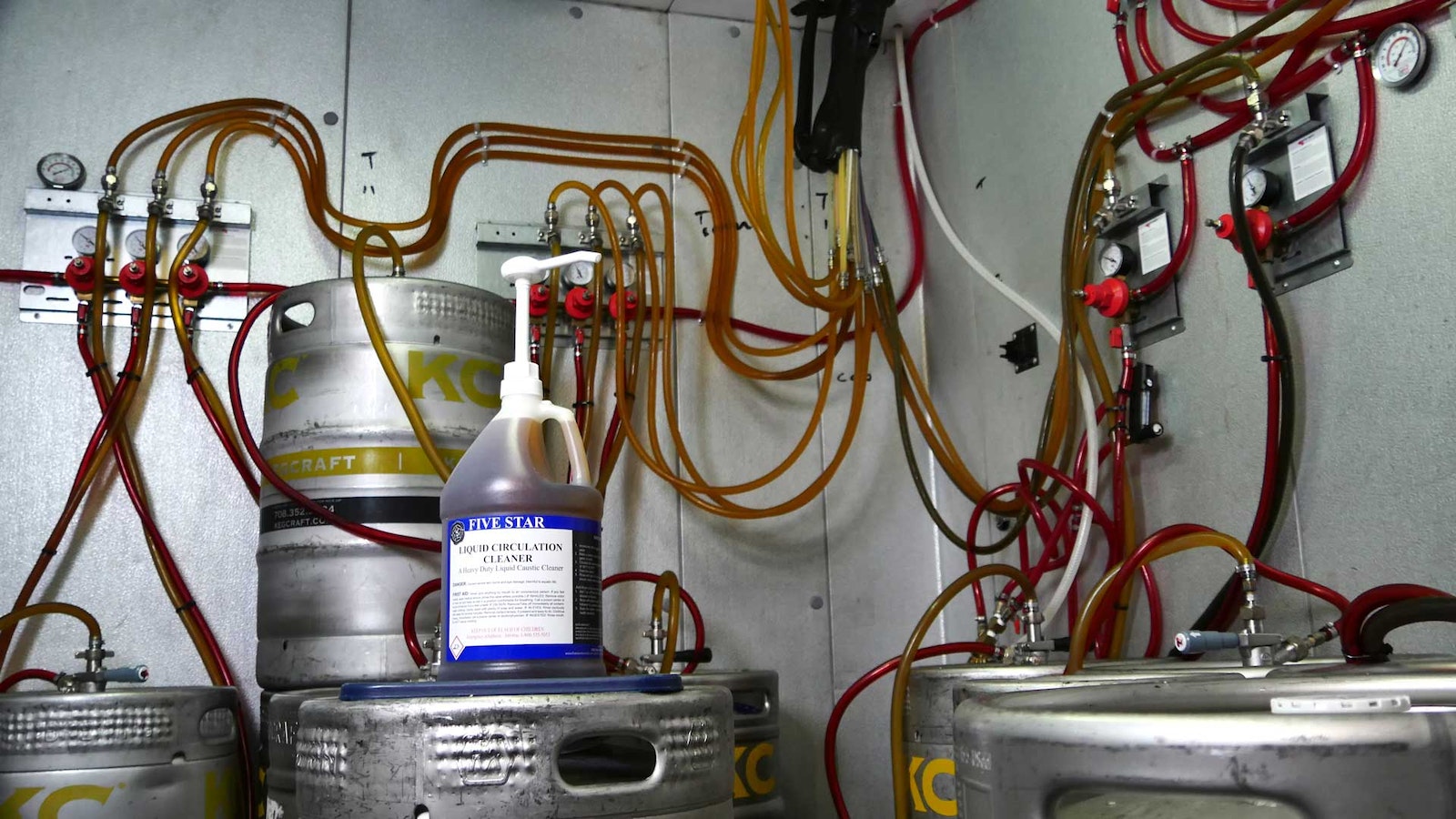
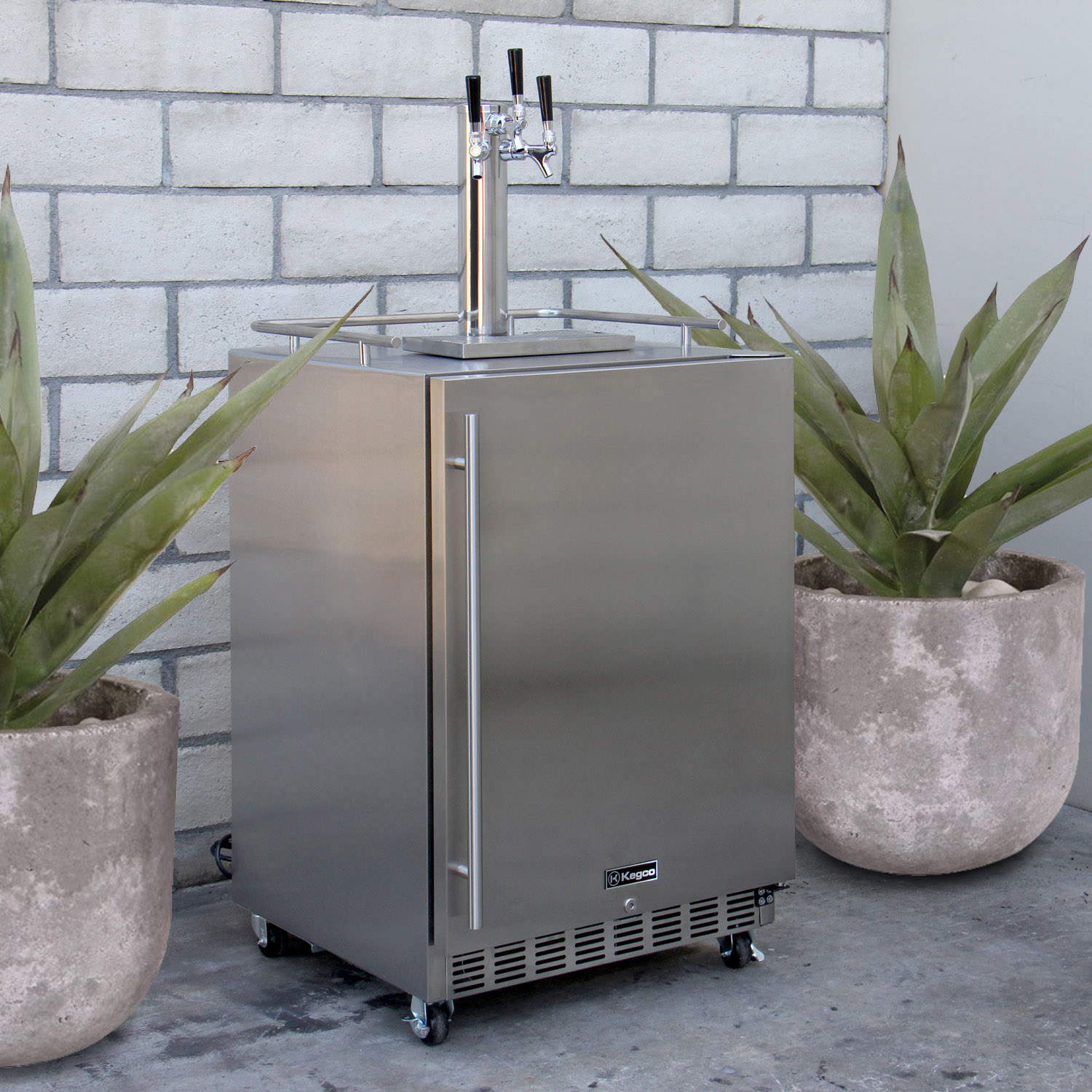

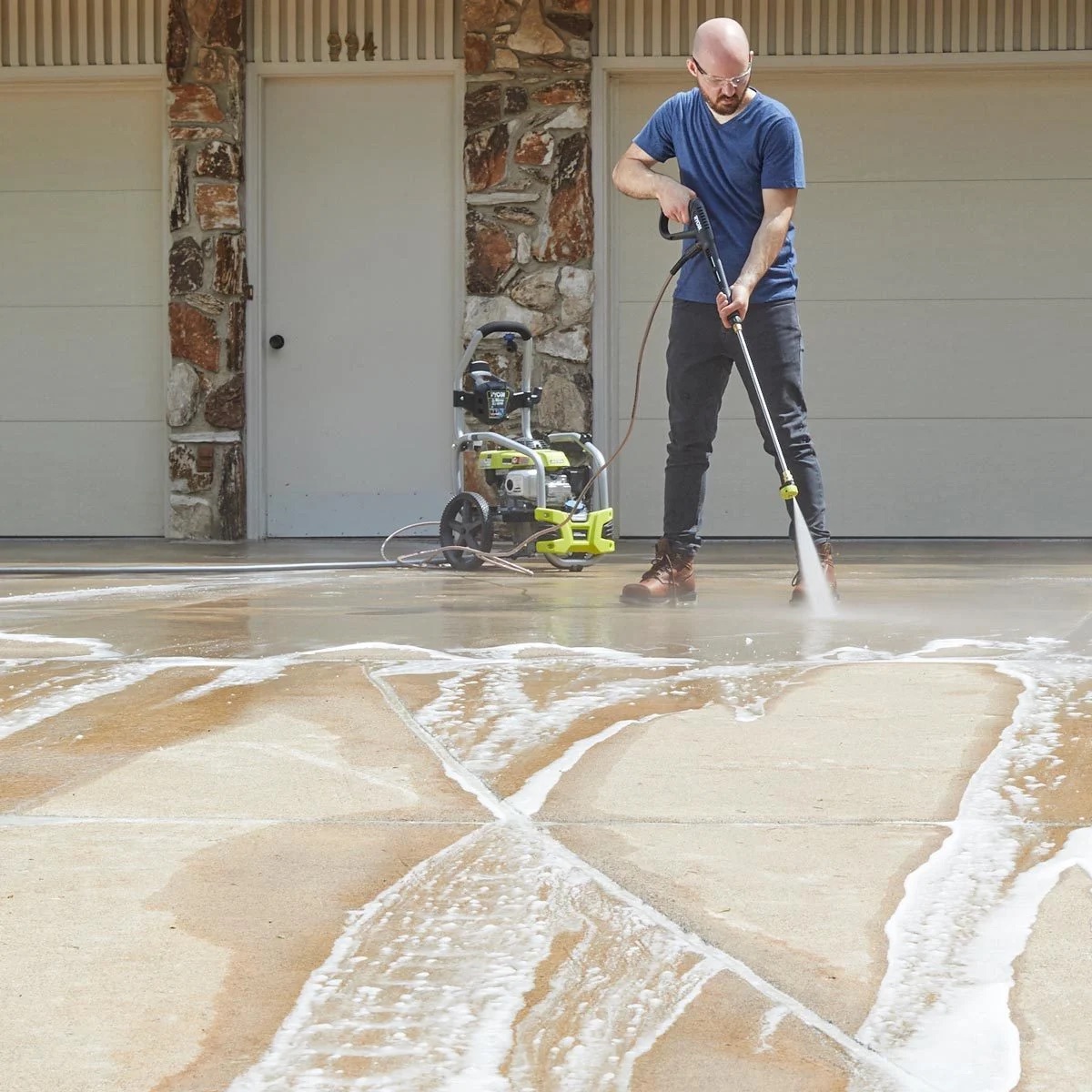


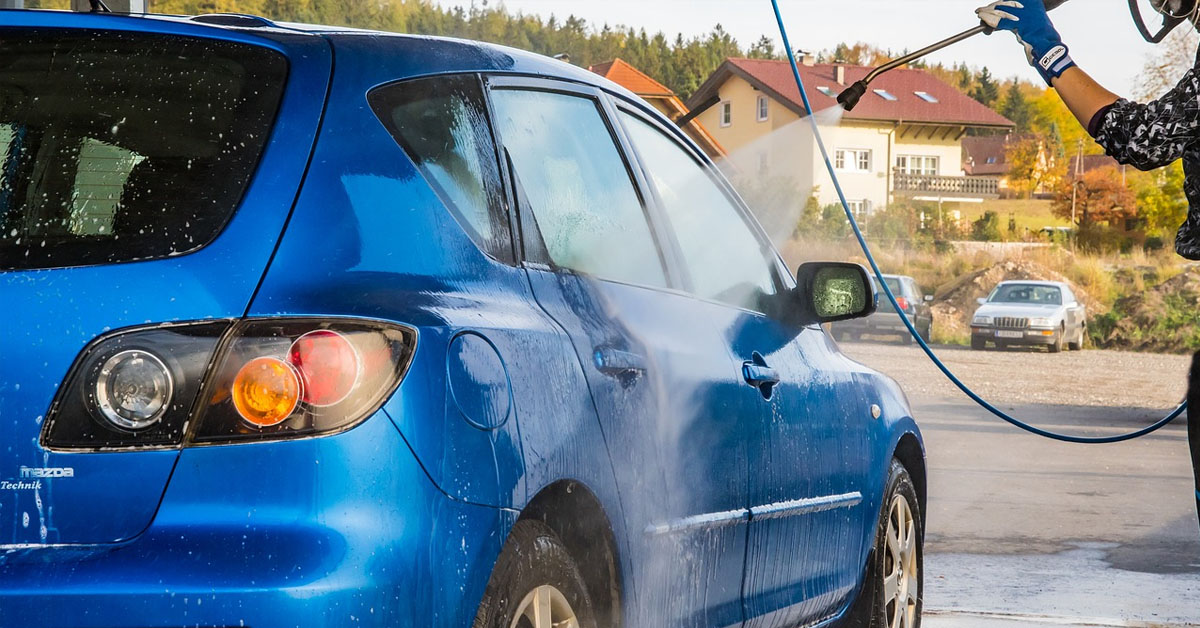

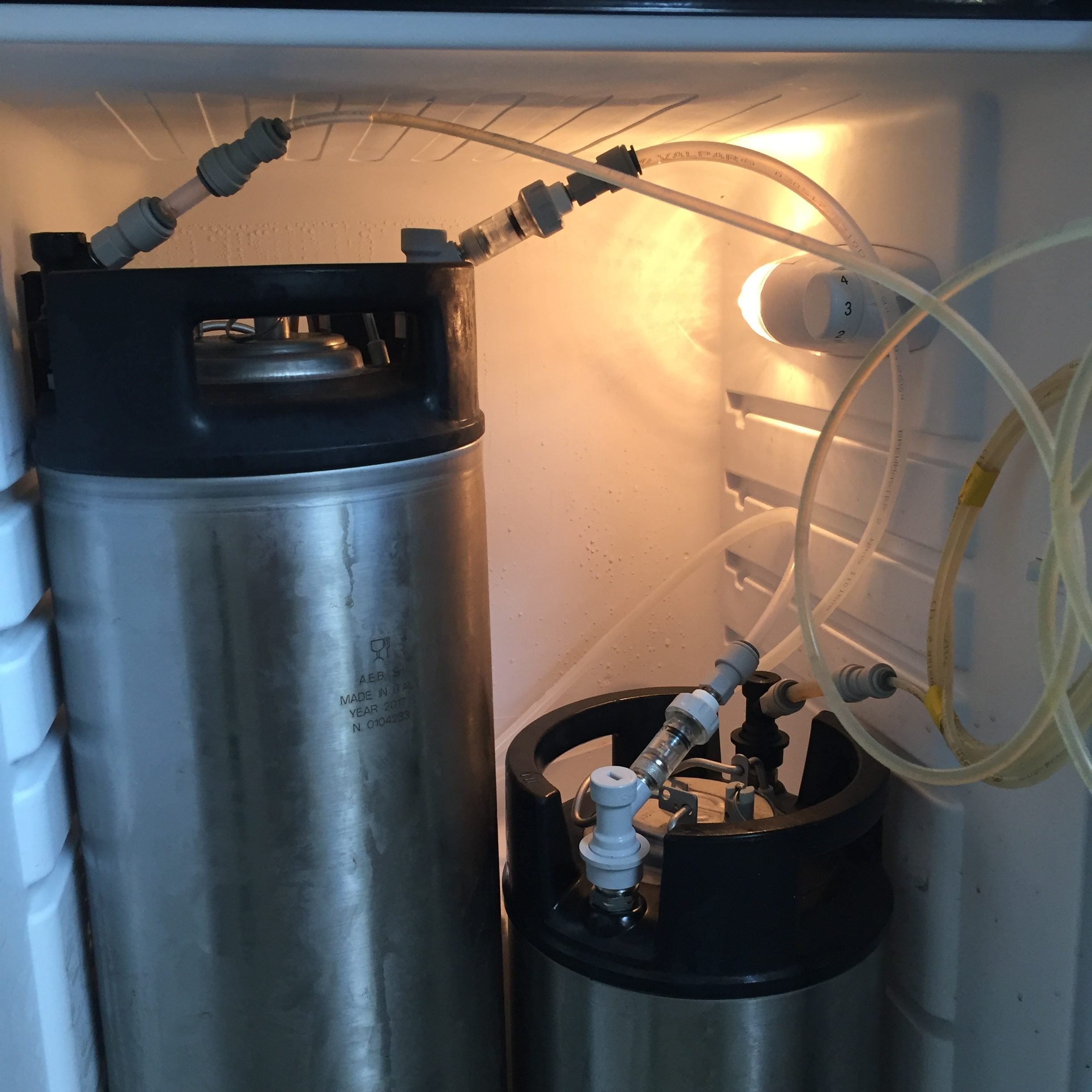

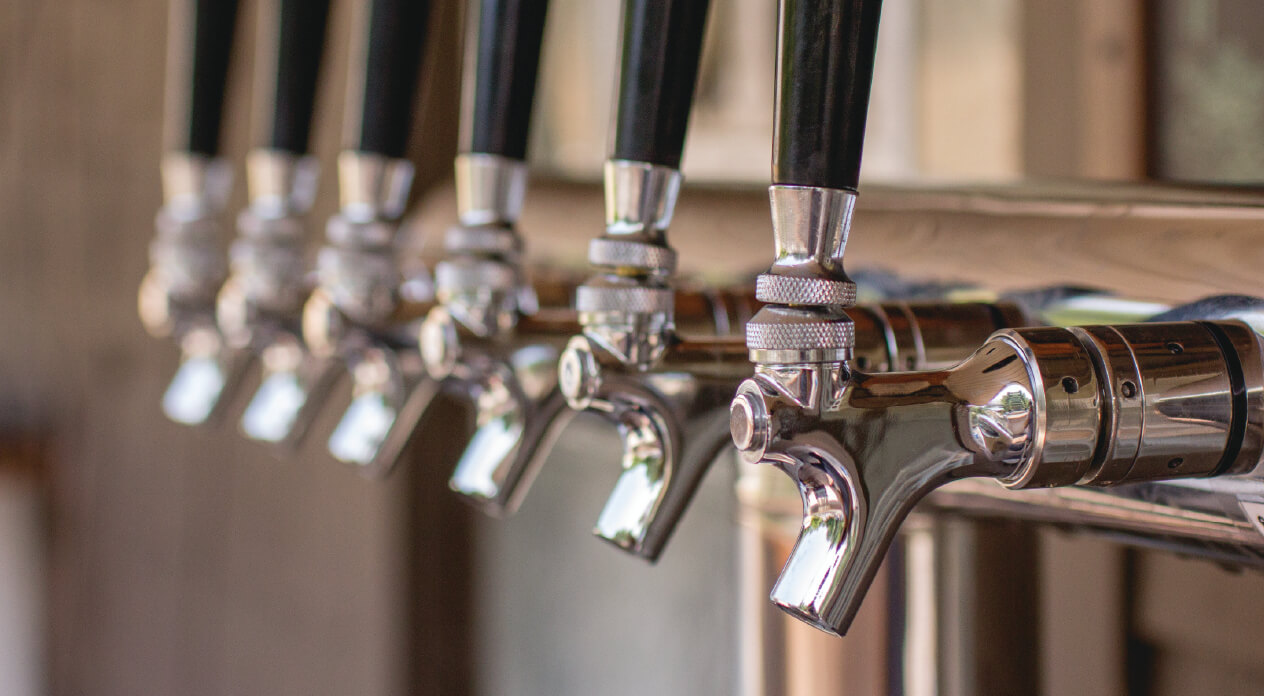


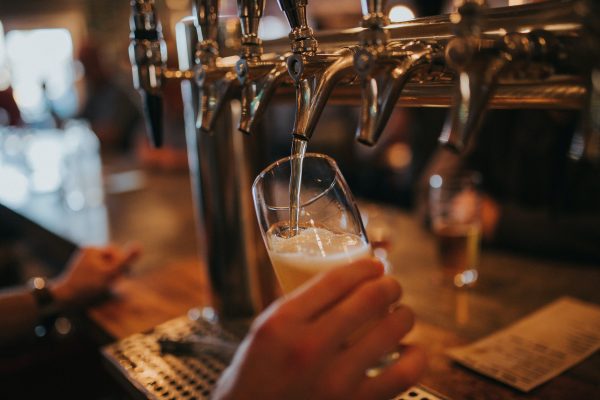

0 thoughts on “What Psi Should A Kegerator Be Set At”